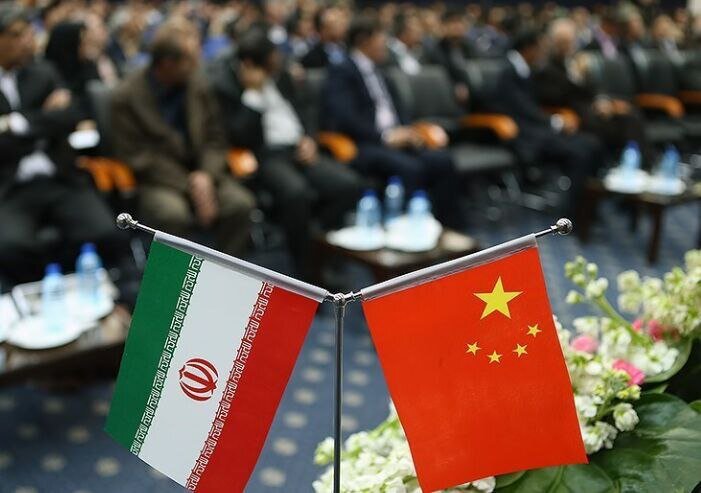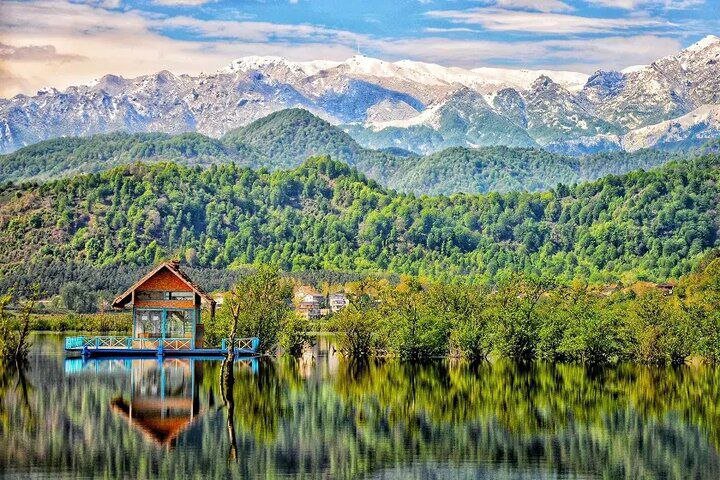Record-Breaking Year: 38,500 Multiple Births Registered!
In the past Iranian year (March 2024 – March 2025), Iran recorded a significant number of multiple births, totaling 38,463, according to the Civil Registration Organization. This data highlights important trends and shifts in the demographic landscape of the country. Understanding these figures is crucial as they reflect broader societal changes and the evolving nature of family structures in Iran.
According to reports from the Mehr news agency, the breakdown of registered births in Iran during this period is as follows:
- Total births: 979,923
- Twin births: 18,196
- Triplet births: 651
- Quadruplet births: 27
- Higher-order multiple births: 2
Tehran province led the nation with a remarkable 120,562 births, while Ilam province reported the lowest with just 6,534 births. This disparity in birth rates between provinces illustrates varying demographic trends across Iran.
In addition to the number of births, the average age of parents has also been analyzed. The report by the National Organization for Civil Registration revealed that:
- The average age of first-time mothers in Iran is 27.5 years.
- The average age for first-time fathers is 32.3 years.
- Urban mothers typically have their first child at 28.2 years, while rural mothers do so at 24.4 years.
- Urban fathers average 32.8 years for their first child, compared to 30 years for those in rural areas.
Interestingly, the average ages of first-time parents are highest in Tehran, where they stand at 34.8 years for mothers and 30.6 years for fathers. In contrast, Sistan-Baluchestan records the lowest averages, with mothers at 27.2 years and fathers at 22.6 years.
Iran’s Transition to an Aging Population
As the fertility rate in Iran stabilizes at approximately 1.6 children per woman, concerns about the country’s demographic shift towards an aging population have arisen. This fertility rate is significantly below the level required to sustain population growth and replace the aging demographic. As a result, the transition from a young to a middle-aged society appears inevitable.
Historical policies aimed at reducing the fertility rate have had profound effects on Iran’s population dynamics. According to Mohammad-Javad Mahmoudi, an official at the National Institute for Population Research, the first five-year national development plan (1989-1993) aimed to decrease the fertility rate from 6.4 children in 1986 to 4 children by 2011. The population growth rate was also targeted for reduction from 3.2% to 2.3% during this period.
However, the outcomes exceeded expectations, leading to a rapid decline in both population growth and fertility rates. Current statistics reveal that the elderly population is expanding at an alarming rate, with a growth rate of 3.62%, which is five times faster than the overall population growth rate of 1.24%.
According to the latest census data, the number of individuals aged over 60 has grown significantly. In the Iranian year 1385 (2006-2007), there were approximately 5,121,043 citizens in this age group. By 2015, individuals over 60 represented 10% of the population. Projections indicate that by 2050, those aged 60 and older will comprise 32% of the total population, effectively meaning that one-third of Iran’s populace will be elderly.
Currently, individuals aged over 60 represent about 11.5% of Iran’s population. Notably, elderly women outnumber men, accounting for 52.3% of this demographic compared to 47.7% for men, as reported by Saber Jabbari from the health ministry.
In summary, the demographic trends emerging from the recent birth statistics, coupled with the significant aging population, paint a complex picture of Iran’s future. These changes will undoubtedly have profound implications for social policy, healthcare, and economic planning in the years to come.






